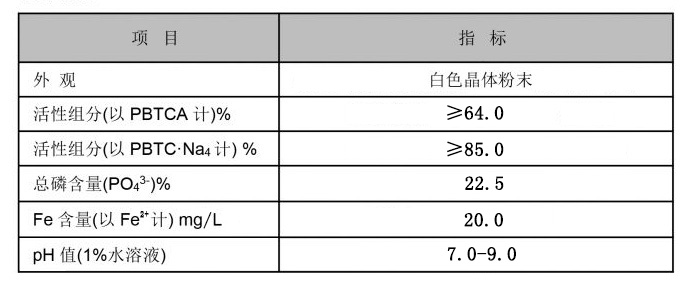Exploring the Applications and Benefits of Poly Aluminum Chloride in Water Treatment Processes
Understanding Poly Aluminum Chloride An Essential Coagulant
Poly Aluminum Chloride (PAC) is a widely used inorganic polymer that plays a critical role in water treatment and purification processes. As a coagulant, PAC is employed to remove suspended particles, organic matter, and impurities from water, making it suitable for drinking and industrial applications. Its effectiveness, efficiency, and lower environmental impact compared to traditional coagulants make it an increasingly popular choice among water treatment facilities.
Composition and Properties
PAC is composed of aluminum hydroxide and aluminum chloride, and its molecular structure contains a range of aluminum species. This composition gives PAC unique properties that enhance its performance in coagulation and flocculation processes. Typical PAC formulations can vary, leading to different molecular weights and properties, which can be tailored for specific applications.
One of the prominent characteristics of PAC is its positive charge, derived from the aluminum ions, which helps neutralize the negative charges of suspended particles in water. This neutralization process facilitates the aggregation of these particles, forming larger flocs that can be easily removed through sedimentation or filtration. PAC is noted for its rapid solubility and effectiveness over a wide pH range, making it versatile for various water qualities.
Applications in Water Treatment
PAC is primarily used in municipal drinking water treatment, wastewater treatment, and industrial process water purification. In drinking water facilities, it helps clarify water by precipitating contaminants, such as silt and organic matter, thereby improving water quality. For wastewater treatment, PAC aids in reducing turbidity and removing pollutants, meeting regulatory standards and enhancing environmental sustainability.
In industrial applications, PAC is used in pulp and paper manufacturing, textile dyeing, and oil and gas industries. Its ability to facilitate sedimentation and improve filtration efficiency makes it valuable in these contexts. Furthermore, PAC is also utilized in food processing and swimming pool maintenance, demonstrating its versatility across sectors.
poly aluminum chloride

Advantages of Using PAC
The adoption of PAC as a coagulant in water treatment systems offers several advantages. Firstly, PAC typically requires a lower dosage compared to traditional coagulants like aluminum sulfate, resulting in reduced chemical costs and lower disposal costs for sludge generated during treatment. Secondly, due to its enhanced performance at varying pH levels, PAC can be effective in dealing with challenging water conditions, which broadens its applicability.
Moreover, the environmental footprint of PAC is generally lower than that of conventional coagulants. Its use leads to a smaller volume of sludge and promotes better settling characteristics, which minimizes the burden on sludge handling and disposal systems.
Safety and Environmental Considerations
Although PAC is deemed safer than some traditional coagulants, it is essential to handle it with care. The inherent toxicity of aluminum-based chemicals raises concerns about potential long-term health effects. However, studies show that when used as directed, PAC poses minimal risk to human health and the environment. Regulatory bodies monitor its use, ensuring compliance with safety standards.
Conclusion
In summary, Poly Aluminum Chloride is a crucial agent in the field of water treatment, offering myriad benefits such as efficiency, cost-effectiveness, and a lower environmental impact. As global water quality issues become increasingly pressing, the role of PAC in ensuring clean and safe water is likely to expand. Continued research and development in the formulation and application of PAC can further enhance its effectiveness, helping to meet the world’s growing demand for clean water.
-
Pbtc Scale InhibitorPBTC: A Scale Protector for Industrial Water TreatmentNewsAug.05,2025
-
Organic Phosphonate: An Efficient Defender in the Field of Scale InhibitionNewsAug.05,2025
-
Hydrolyzed Polymaleic Anhydride: Green Pioneer in Scale Inhibition FieldNewsAug.05,2025
-
PAPEMP Polyamino Polyether Methylene Phosphonic Acid For SaleNewsAug.05,2025
-
Flocculant Water Treatment: A Pioneer in Purification in the Field of Water TreatmentNewsAug.05,2025
-
Benzyl Isothiazolinone: An Efficient and Broad-Spectrum Antibacterial Protective GuardNewsAug.05,2025





